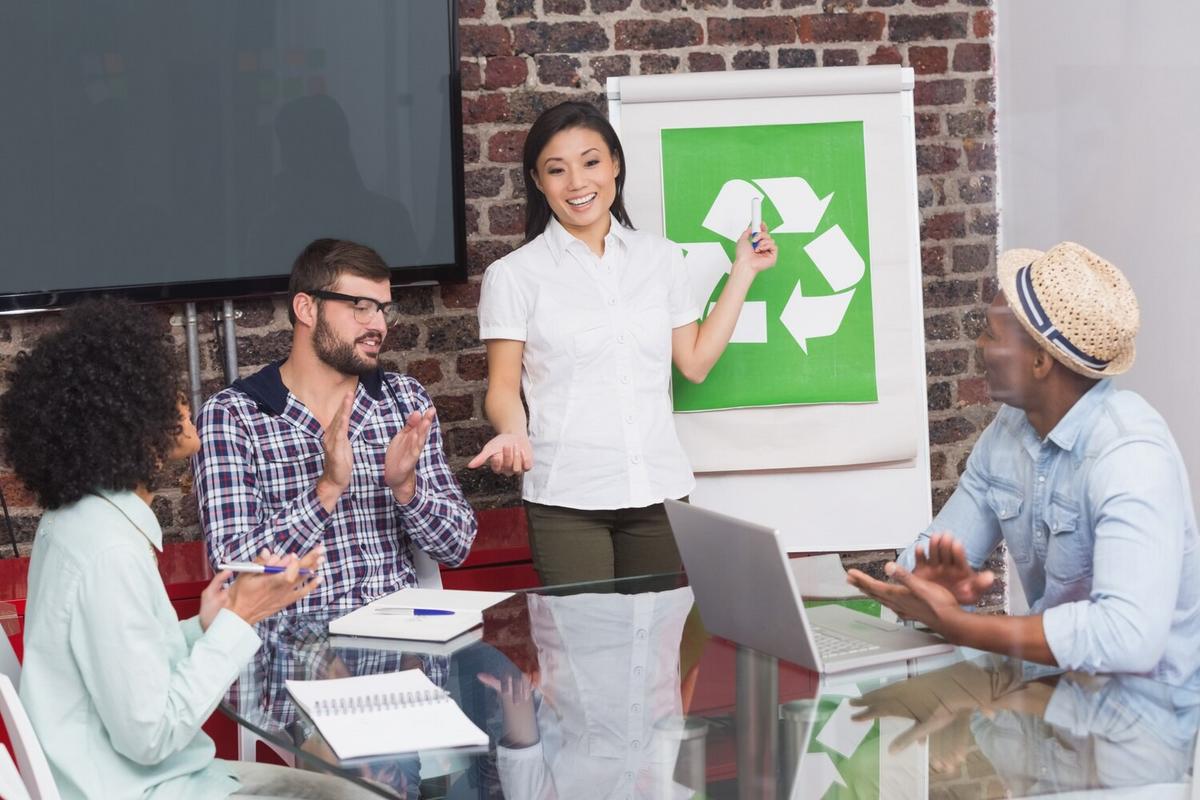Imagine a world where waste becomes a thing of the past, and every product enjoys a new lease of life. This is the vision of the circular economy, a transformative approach that redefines our relationship with resources and waste in the business realm.
Understanding the Circular Economy
The circular economy is a model of production and consumption that involves reusing, repairing, refurbishing, and recycling existing materials and products as long as possible. It stands in contrast to the traditional linear economy, which follows a ‘take-make-dispose’ pattern. By closing the loop, businesses can significantly reduce waste and environmental impact.
Expert Insights
According to Ellen MacArthur, founder of the Ellen MacArthur Foundation, ‘The circular economy is a framework for an economy that is restorative and regenerative by design.’
Statistics Highlighting the Impact
Research by the World Economic Forum indicates that a circular economy could generate $4.5 trillion of economic output by 2030. Additionally, the European Commission reports that improving resource productivity could reduce CO2 emissions by up to 70% by 2050.
Real-World Examples
Consider the story of Interface, a global flooring company, which implemented a program to recycle old carpets into new ones. This initiative not only reduced waste but also cut costs and opened new revenue streams.
Actionable Tips for Businesses
- Start by conducting a waste audit to identify areas for improvement.
- Implement a take-back program to reclaim products at the end of their lifecycle.
- Invest in technologies that enable recycling and remanufacturing.
- Collaborate with suppliers to source sustainable materials.
A Practical Comparison
| Aspect | Linear Economy | Circular Economy |
|---|---|---|
| Resource Management | Extraction | Recycling |
| Product Lifecycle | Short | Extended |
| Waste Generation | High | Low |
| Environmental Impact | Negative | Positive |
| Economic Potential | Limited | Expansive |
| Innovation | Stagnant | Dynamic |
| Customer Engagement | One-time | Continuous |
| Sustainability | Low | High |
Pro Tip:
Engage with the circular economy by designing products for disassembly, making recycling easier and more efficient.
Frequently Asked Questions
What is the main goal of the circular economy?
The primary goal is to minimize waste and make the most of resources, creating a sustainable cycle of production and consumption.
How can businesses transition to a circular economy model?
Businesses can start by redesigning products, investing in sustainable technologies, and establishing partnerships that support circular practices.
What are the benefits of a circular economy?
Benefits include reduced environmental impact, cost savings, new business opportunities, and increased customer loyalty.
Conclusion
Incorporating a circular economy approach is not just an environmental imperative but a strategic business decision. By rethinking waste, companies can unlock new growth opportunities while contributing to a more sustainable future. As more businesses embrace this model, the collective impact on our planet and economy will be profound. Let’s take action today for a sustainable tomorrow.




Leave a Reply